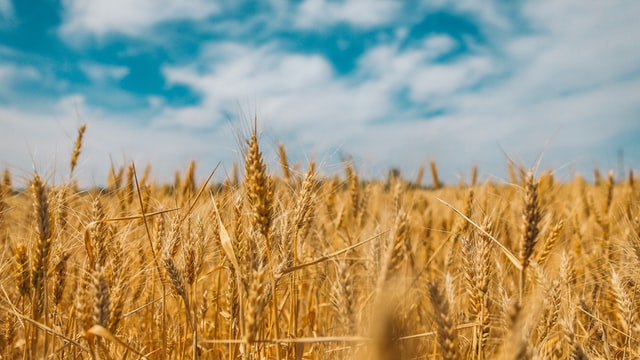
The Russia-Ukraine crisis has seen world commodity prices soaring to their highest levels since 2008, adding propulsion to the existing Covid-driven upward spiral. Wheat prices have risen by 60%, while sunflower oil costs have risen by 20–25% since the start of the conflict. As Russia and Ukraine account for nearly 30% of global wheat exports and 70% of sunflower seed/oil exports, the welfare implications were predicted to be non-negligible. The direct food price impact is aggravated by the intermediate effect of animal feeds and fertilizers, with the latter experiencing a 142% price increase compared to a year ago and Russia and Belarus accounting for 30% of exports.
Assessments of the socio-economic implications of the price spike need to recognize the fact that the implications are uneven both internationally and within individual country settings. Net producers/exporters may benefit, depending on the use of costly intermediate products and transmission into final prices. Net consumers/importers will lose, in line with their degree of dependence on the affected commodity. The final welfare impact will depend on factors such as (changing) price and income elasticities of demand.
While the food crisis of 2008 affected African net importers of staples the most, the current price spike is most severely felt by net importers of key commodities in Europe. In the less developed part of the world, the direct effect is expected to be strongest among Middle Eastern and North African economies, of which Egypt ranks highest among international wheat importers, while Algeria not only ranks fifth, but also receives close to half of its wheat imports from Ukraine.
The gains and losses within individual countries may have interesting and even unexpected nuances. For instance, our research on Côte d’Ivoire—a tropical cash crop net exporter and staple food net importer—revealed a positive redistribution effect of the 2008 food crisis in that not only relatively rich urban dwellers were harder hit by the staple price spike than poorer rural residents, but also relatively poorer producers of cash crops were able to shield themselves better than those not involved in agricultural production.
Stylized analyses of food crises tend to ignore the possibility of changing elasticities of demand. The typical assumption is that the demand for key staples is highly inelastic and would necessarily lead to declining living standards and even deteriorations in health in the face of a price shock. Our research on the nutritional implications of a major socio-economic crisis in Bulgaria indicates that both price and income elasticities of demand changed at the peak of the crisis, stimulating relocation out of protein and fats to more affordable plant-based staples. The net health effect of the reallocation was positive. A similar reallocation was observed during the 1990s CFA franc devaluation in West Africa, but with negative nutritional consequences, given the lesser ability of the population to afford proteins prior to the crisis.
There is no doubt that the current food crisis will produce winners and losers. The redistribution and nutritional effects will depend on existing economic structures and the (potentially changing) nature of food demand.
© Ralitza Dimova
Read Ralitza's full IZA World of Labor article: "The welfare impact of rising food prices."
Ralitza Dimova is associate professor of development economics at Manchester University and a Research Fellow of the IZA.
Please note:
We recognize that IZA World of Labor articles may prompt discussion and possibly controversy. Opinion pieces, such as the one above, capture ideas and debates concisely, and anchor them with real-world examples. Opinions stated here do not necessarily reflect those of the IZA.